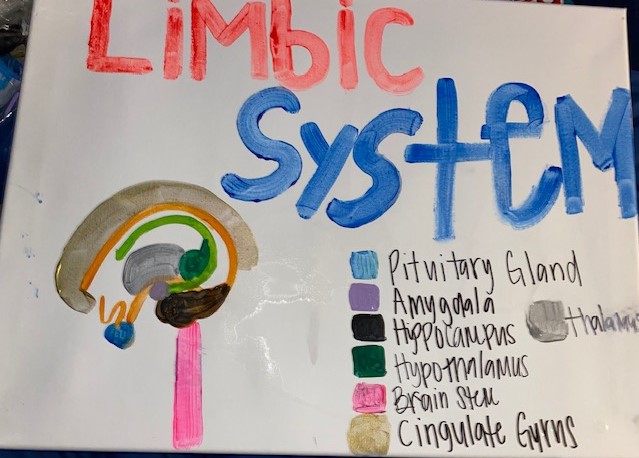 This project focuses on the correlation between amagdalar volume reduction and diagnosed dissociative identity disorder. The painting I made demonstrates the anatomical structures in the brain that are relevant to the project.
This project focuses on the correlation between amagdalar volume reduction and diagnosed dissociative identity disorder. The painting I made demonstrates the anatomical structures in the brain that are relevant to the project.


 This project focuses on the correlation between amagdalar volume reduction and diagnosed dissociative identity disorder. The painting I made demonstrates the anatomical structures in the brain that are relevant to the project.
This project focuses on the correlation between amagdalar volume reduction and diagnosed dissociative identity disorder. The painting I made demonstrates the anatomical structures in the brain that are relevant to the project.
Hi Kristina,
I really liked your paper. It was a very interesting read and well written. One thing that I really liked is that you took the time to explain in detail some terms and concepts that you though were important to your topic. Your intro paragraph was very well laid out and explained what DID was very succinctly and intelligently. One thing I learned from your paper is that people with DID can have multiple personalities that range is age, gender, and race. I thought that was so interesting, plus the fact that these separate personalities even go as far as having different vocabulary and body movements as their other personalities. It is so interesting that these personality switches can take place in a matter of seconds. I liked how you listed out the symptom criteria to be diagnosed with DID in list form. That helped me understand what exactly doctors look for and I was astounded to learn that the average DID patient will develop an average to 13-15 alternate personalities. That is so many! It must be so hard for people to constantly be switching back and forth, cycling through all of these different feelings and identities, especially because amnesia and confusion is a common symptom after switching. I was s ad to learn there wasn’t really a cure for DID but there are treatments that can make this disease easier to somewhat control. I liked how you explained your visual in the last paragraph of your paper. It helped me understand what the visual was and how it associated with DID.
Good job! 🙂